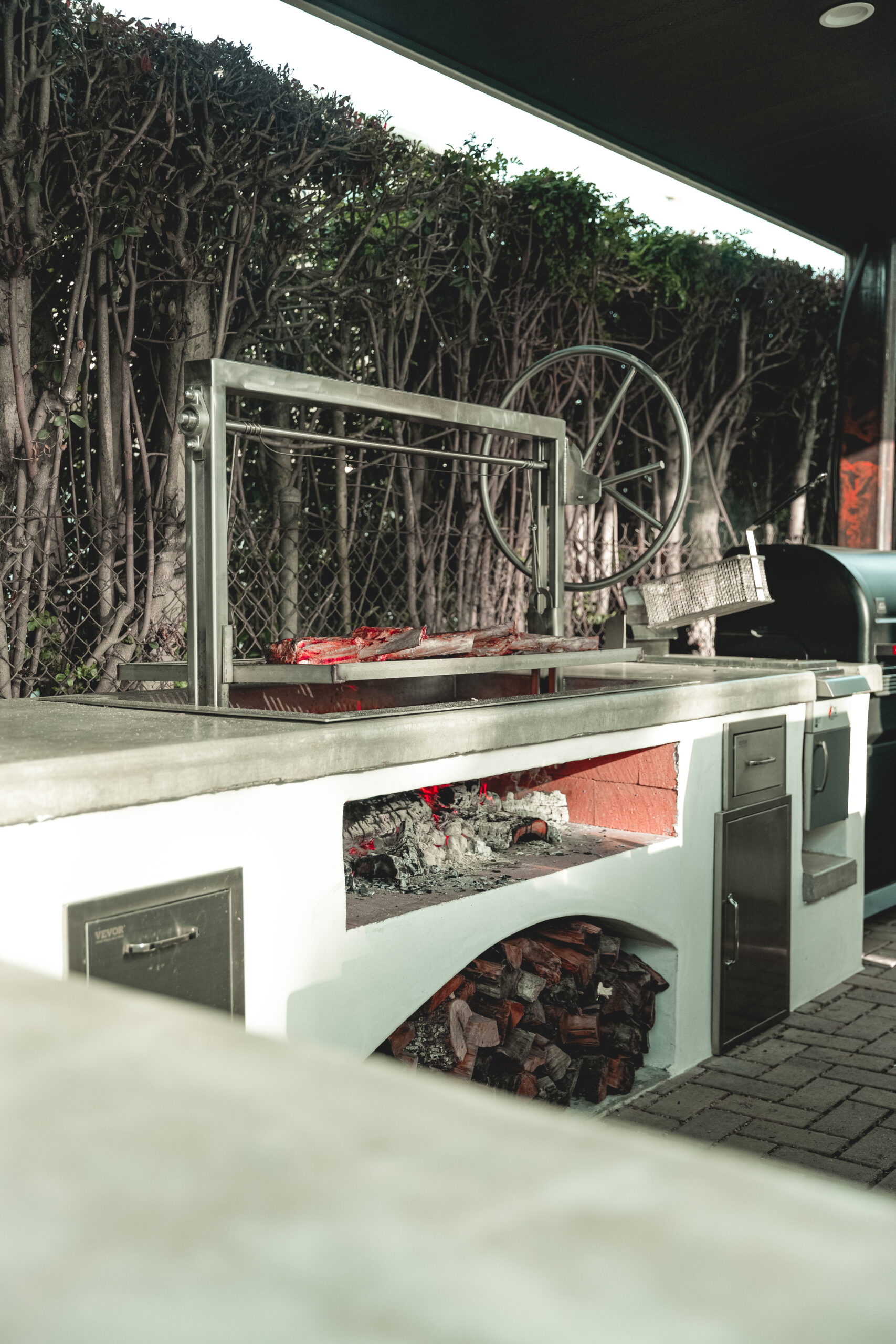Modern Landscape Design: Merging Simplicity with Functionality
Modern landscape design has evolved into a sophisticated blend of clean lines, natural elements, and functional spaces. In 2024, this trend continues to grow as homeowners and designers focus on creating outdoor environments that reflect a sleek, minimalistic aesthetic while still being highly functional. Modern landscape design is all about maximizing the use of space and incorporating innovative materials and features that make outdoor living easy and enjoyable.
One of the key concepts in modern landscaping is the use of simple, geometric shapes to define outdoor spaces. Whether it’s rectangular planters, linear pathways, or square patio tiles, the geometry creates a sense of order and structure. This minimalistic approach extends to plant choices as well, with designers often opting for a limited palette of drought-resistant or low-maintenance plants. Succulents, ornamental grasses, and evergreens are popular because they not only add visual interest but also require minimal care, fitting seamlessly into the modern lifestyle.

Functional elements, such as outdoor kitchens, fire pits, and integrated seating areas, are essential in modern landscape design. These features create an inviting space for relaxation and socializing. Fire pits, especially, have become a must-have in modern outdoor spaces, serving as both a focal point and a gathering spot for friends and family. Outdoor kitchens, complete with grills, sinks, and countertops, allow homeowners to cook and entertain without having to leave the party. These additions make the outdoors as livable and comfortable as the indoors.
Incorporating technology into the landscape is another hallmark of modern design. From smart irrigation systems that conserve water to LED lighting that can be controlled remotely, tech-savvy features add convenience and efficiency to outdoor spaces. Automated lighting creates ambiance at night, highlighting key features such as pathways, water elements, or art pieces. Additionally, modern outdoor spaces often include built-in sound systems, outdoor TVs, and Wi-Fi connectivity, allowing homeowners to enjoy entertainment without compromising style.
Materials also play a crucial role in modern landscape design. Concrete, steel, and wood are commonly used for hardscaping, creating a sleek and durable backdrop. These materials contrast beautifully with the organic elements in the garden, such as plants and water features, to create a harmonious balance between natural and man-made elements.

Overall, modern landscape design is about creating a streamlined, visually striking space that emphasizes simplicity and functionality. It’s an approach that caters to modern living, where outdoor spaces are not just for aesthetics but serve as extensions of the home, designed for both relaxation and entertainment. Whether you’re working with a small patio or a sprawling yard, modern landscaping offers endless possibilities for customization and personalization.


